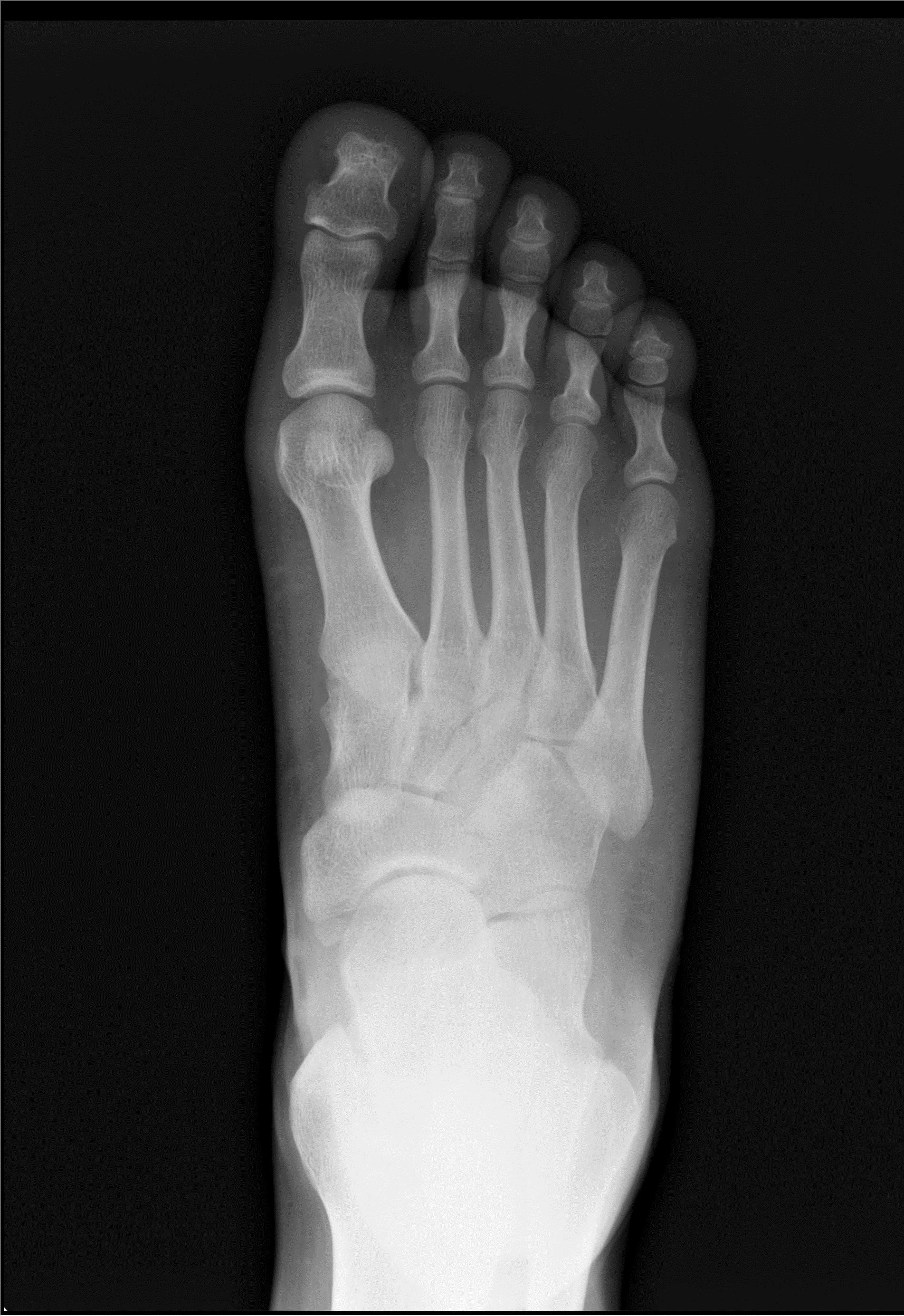

XRAY OF FOOT FULL
In most cases, a full exam of the foot and ankle via MRI lasts between 60 and 90 minutes. Individuals with dental fillings or bridges, a replacement hip or knee, or tubal ligation clips are generally safe to have a MRI. Surgical clips in the head (particularly aneurysm clips).Conditions that requires a heart pacemaker.People with the following conditions may not be good candidates for a MRI: MRIs are very good at portraying soft tissues and bones in your feet and ankles. They employ large magnet and radio waves to produce three-dimensional images. MRIs use no radiation like conventional X-rays or CT scans. Injuries of the tendons, ligaments, or cartilage.Magnetic resonance imaging (MRI)is sophisticated diagnostic equipment used to diagnose an array of health problems or conditions, including: Pregnant women, especially those in their first trimester, are advised against having X-rays because the radiation may harm the unborn child. Determine whether bones are properly set after treating a fracture.Locate foreign objects (such as pieces of glass or metal) in a wound.Assess whether a child’s bones are growing normally.

Evaluate changes in the bones from infections, arthritis, or other bone disease.Other reasons for conventional X-rays on your feet are to: X-rays help determine whether a bone has been fractured or damaged by conditions such as an infection, arthritis, or other disease. Pregnant women, especially those in their first trimester, are advised against having a CT exam or any X-ray examination because the radiation may harm the unborn child. Common foot problems a CT exam can help diagnose include: arthritis, deformities, flat feet, foreign bodies, fractures, infection, and tumors. CT scans are often superior to conventional X-rays because they can more accurately pinpoint a suspected problem. A CT is a kind of X-ray device that takes cross-sectional images of a part of the body, giving the physician a three-dimensional image. Computed tomography (CT) examination (also known as a CAT scan) is used in podiatry to help diagnose and treat foot or ankle problems.


 0 kommentar(er)
0 kommentar(er)
